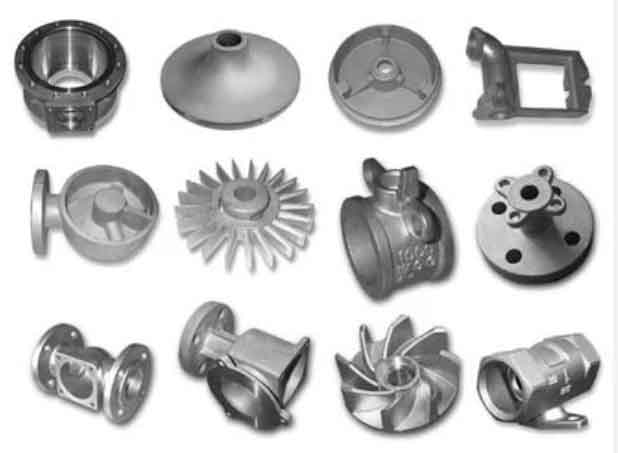
Ductile iron casting offers several advantages over other casting materials, making it a popular choice in various industries. Its unique combination of strength, ductility, and cost-effectiveness makes it suitable for a wide range of applications. Here are some key advantages, applications, and manufacturing techniques associated with ductile iron casting:
Advantages:
- High Strength and Durability: Ductile iron exhibits excellent strength and durability, making it suitable for applications that require high load-bearing capacity and resistance to wear, impact, and fatigue. It can withstand heavy loads and harsh operating conditions, ensuring long-lasting performance.
- Ductility and Toughness: Ductile iron offers good ductility and toughness, allowing it to deform under stress without fracturing. This property makes it suitable for components subjected to dynamic loads or impact, where the ability to absorb energy and resist fracture is crucial.
- Cost-Effectiveness: Ductile iron casting is a cost-effective solution for many applications. It has a lower cost compared to some alternative materials like steel, while still providing comparable strength and performance. The efficient casting process and the abundance of iron as a raw material contribute to its cost advantages.
- Versatility in Design: Ductile iron casting allows for the production of components with complex shapes and intricate geometries. It offers design flexibility, enabling the creation of optimized designs and reduced weight. The versatility in design allows for the production of highly engineered and efficient components.
- Corrosion Resistance: Ductile iron exhibits good corrosion resistance, making it suitable for applications in aggressive environments. It can withstand exposure to moisture, chemicals, and certain types of acids without significant degradation. It can also be enhanced with coatings or surface treatments to further improve its corrosion resistance.
Applications:
- Automotive Industry: Ductile iron is widely used in the automotive industry for various components such as engine blocks, cylinder heads, crankshafts, suspension parts, and brake components. Its high strength, durability, and cost-effectiveness make it an ideal choice for these demanding applications.
- Construction Industry: Ductile iron is used in the construction industry for applications such as pipe fittings, manhole covers, valves, and structural components. Its strength, corrosion resistance, and ability to handle high-pressure systems make it well-suited for these applications.
- Machinery and Equipment: Ductile iron finds applications in machinery and equipment manufacturing, including gearboxes, hydraulic components, pump housings, and agricultural machinery parts. Its high strength, toughness, and wear resistance make it suitable for these heavy-duty applications.
- Power Generation: Ductile iron is used in the power generation industry for components such as turbine housings, bearing caps, and steam valves. Its strength, thermal resistance, and corrosion resistance make it well-suited for these demanding applications.
Manufacturing Techniques:
Ductile iron casting involves several manufacturing techniques, including:
- Sand Casting: Sand casting is a common technique for ductile iron casting. It involves creating a mold using compacted sand and then pouring molten ductile iron into the mold cavity. Sand casting allows for the production of complex shapes and is cost-effective for both small and large-scale production.
- Investment Casting: Investment casting, also known as precision casting or lost-wax casting, is another technique used for ductile iron casting. It involves creating a wax pattern, coating it with ceramic, and then melting the wax to leave a cavity. Molten ductile iron is then poured into the cavity, creating the desired component.
- Shell Molding: Shell molding is a precision casting technique that uses resin-coated sand molds. The process involves creating a shell mold by coating a heated pattern with a resin-coated sand mixture. Once the mold is formed, molten ductile iron is poured into the mold cavity. Shell molding allows for high dimensional accuracy and surface finish.
- Centrifugal Casting: Centrifugal casting is a technique used for the production of cylindrical components, such as pipes and tubes. The molten ductile iron is poured into a rotating mold, and centrifugal forces distribute the metal evenly, resulting in a uniform component with high strength and density.
These manufacturing techniques, combined with the advantages of ductile iron, enable the production of a wide range of components for various industries. The versatility, strength, and cost-effectiveness of ductile iron make it a preferred choice for many applications where durability and performance are essential.
